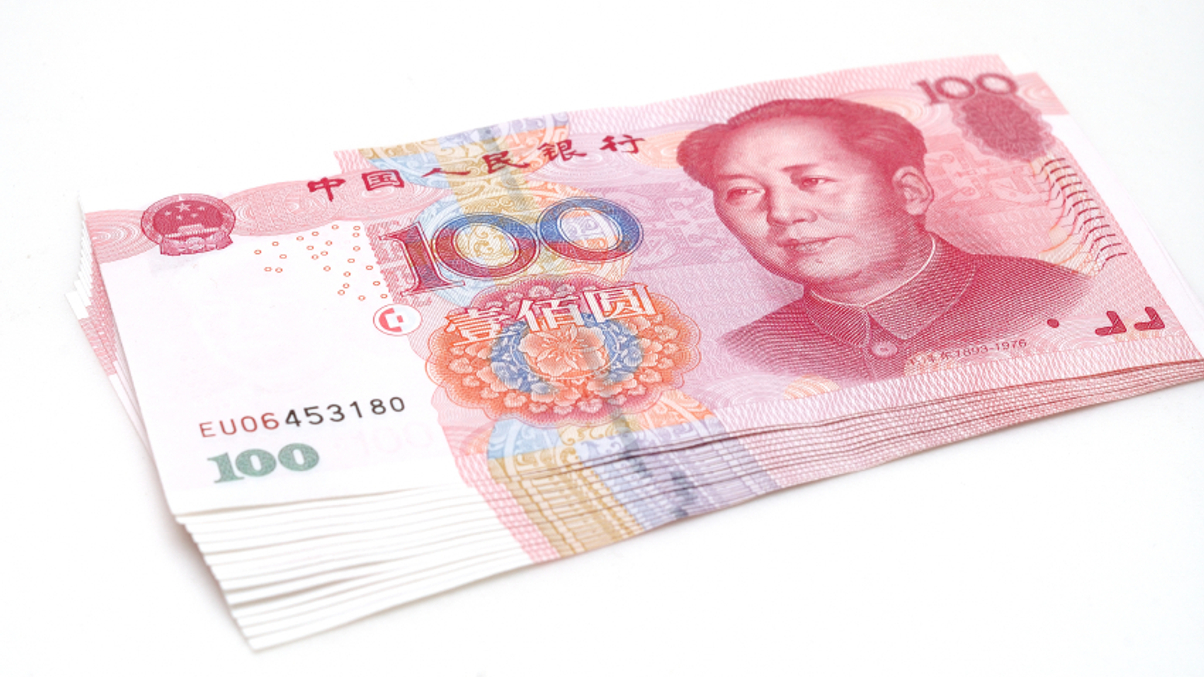Role of RMB in portfolios set to grow – but how?
Panellists at AsianInvestor's Southeast Asia Institutional Investment Forum yesterday discuss how the renminbi will continue to rise in importance.

The rising importance of China's currency in terms of investment and trade is inevitable, but how it will take place is less certain, said panellists during AsianInvestor's Southeast Asia Institutional Investment Forum in Kuala Lumpur yesterday.
Sign In to Your Account
Access Exclusive AsianInvestor Content!
Please sign in to your subscription to unlock full access to our premium AI resources.
Free Registration & 7-Day Trial
Register now to enjoy a 7-day free trial—no registration fees required. Click the link to get started.
Note: This free trial is a one-time offer.
¬ Haymarket Media Limited. All rights reserved.


